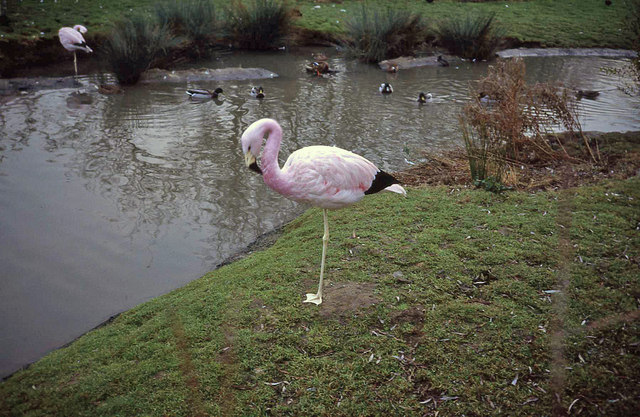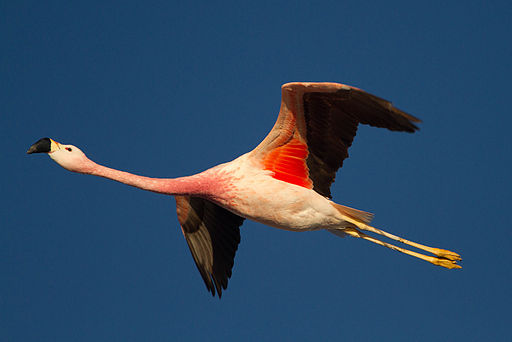Disclosure: I was sent copies of these books in exchange for an honest review. All opinions are my own.
Today I want to share two fun new books about animals. From a very young age Hazel was in love with animals and wanted to learn all about them. I tend to gravitate to books about animals because of her interest. Today I am going to share two books that will teach kids about animals. The first is Endangered Animals and How You Can Help by Sam Hutchinson and Sarah Dennis.















